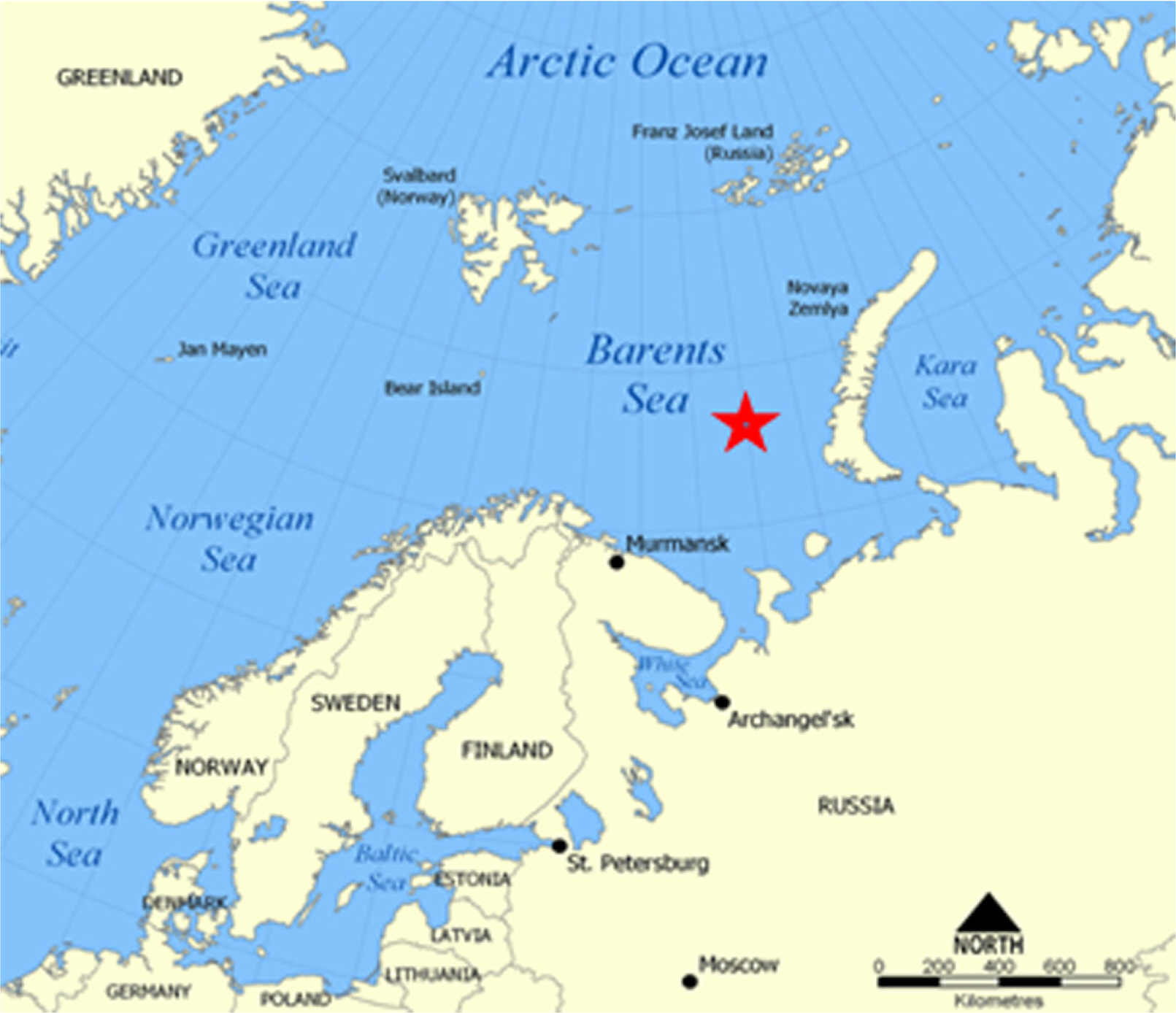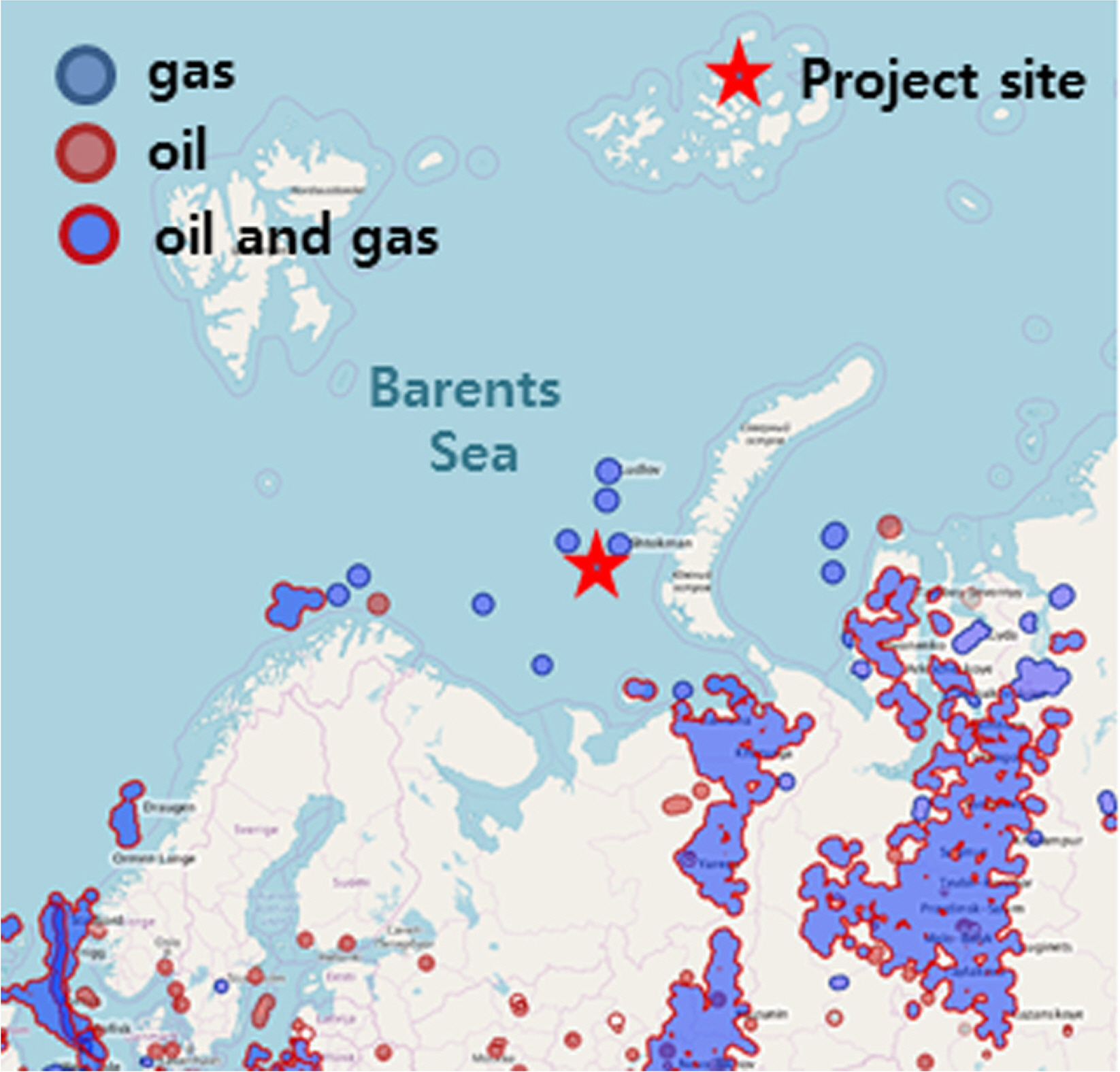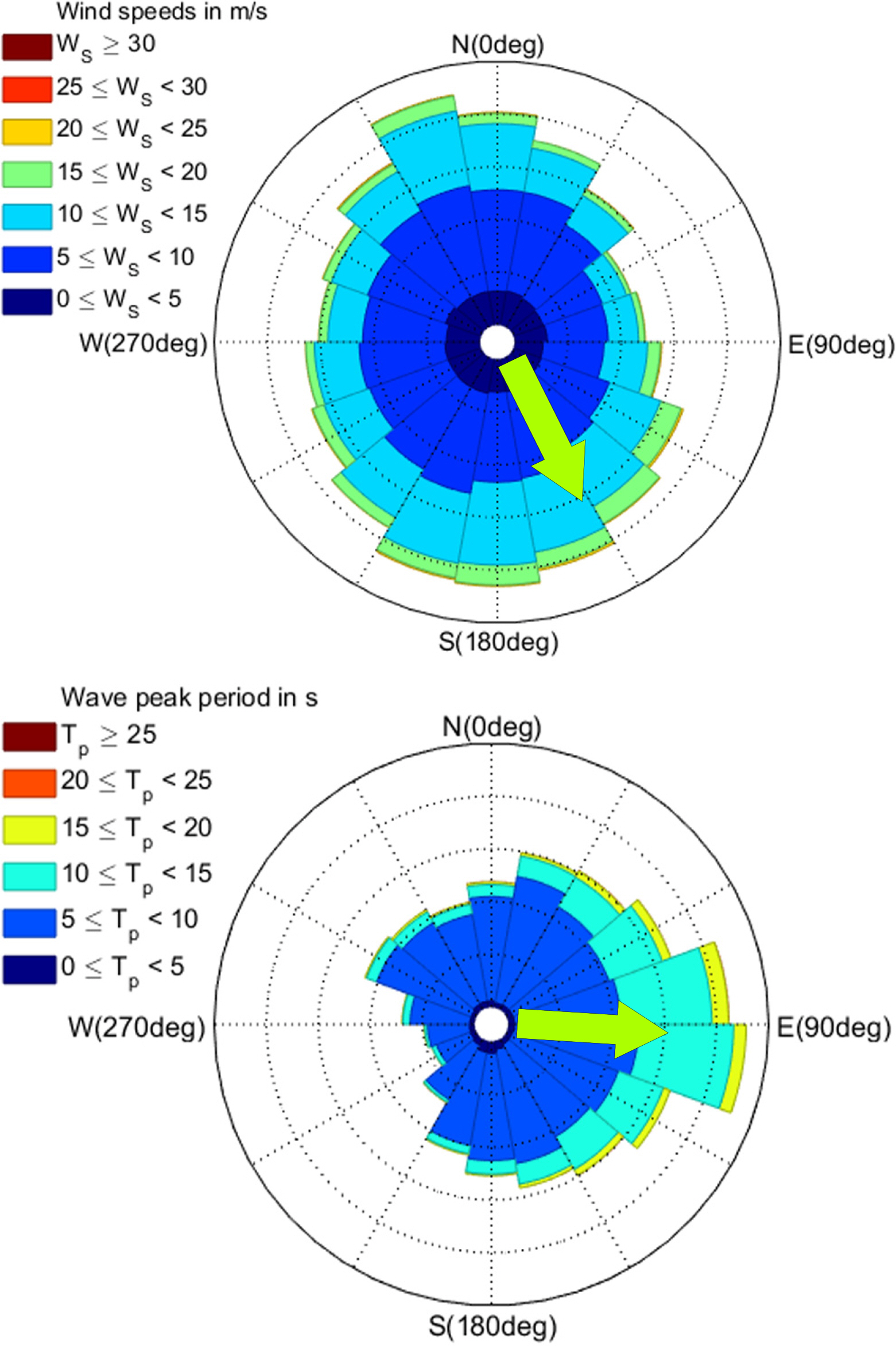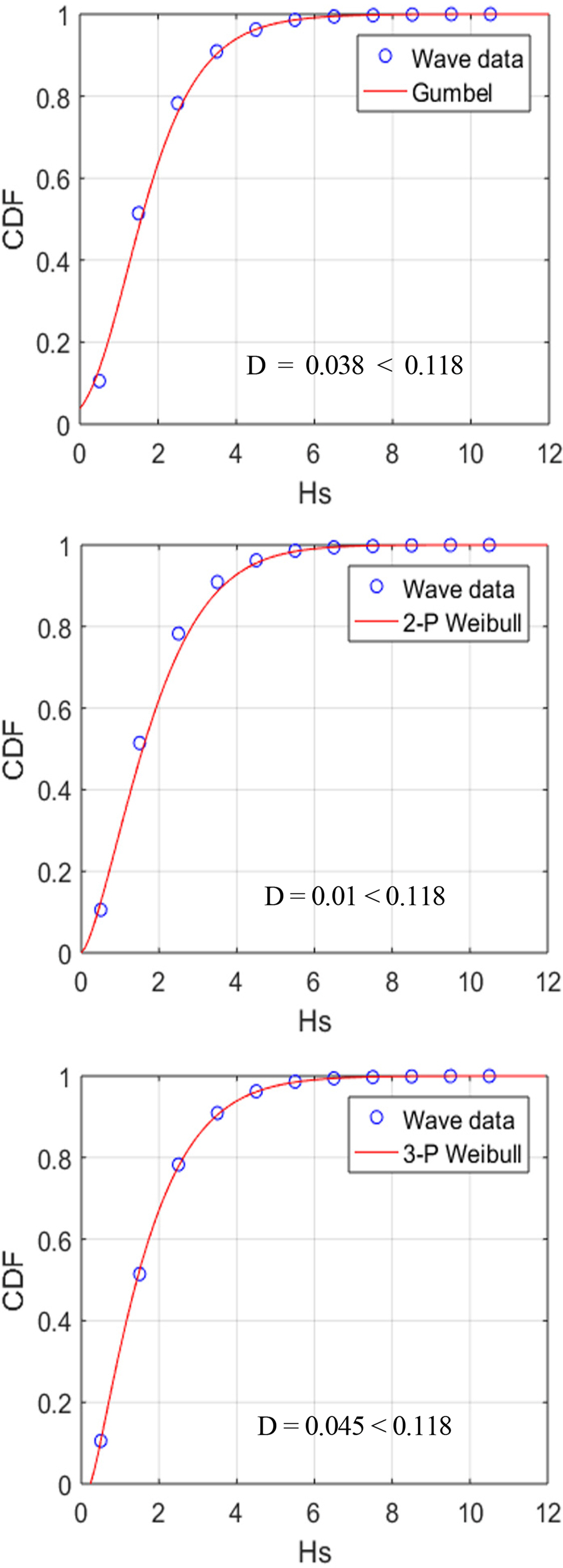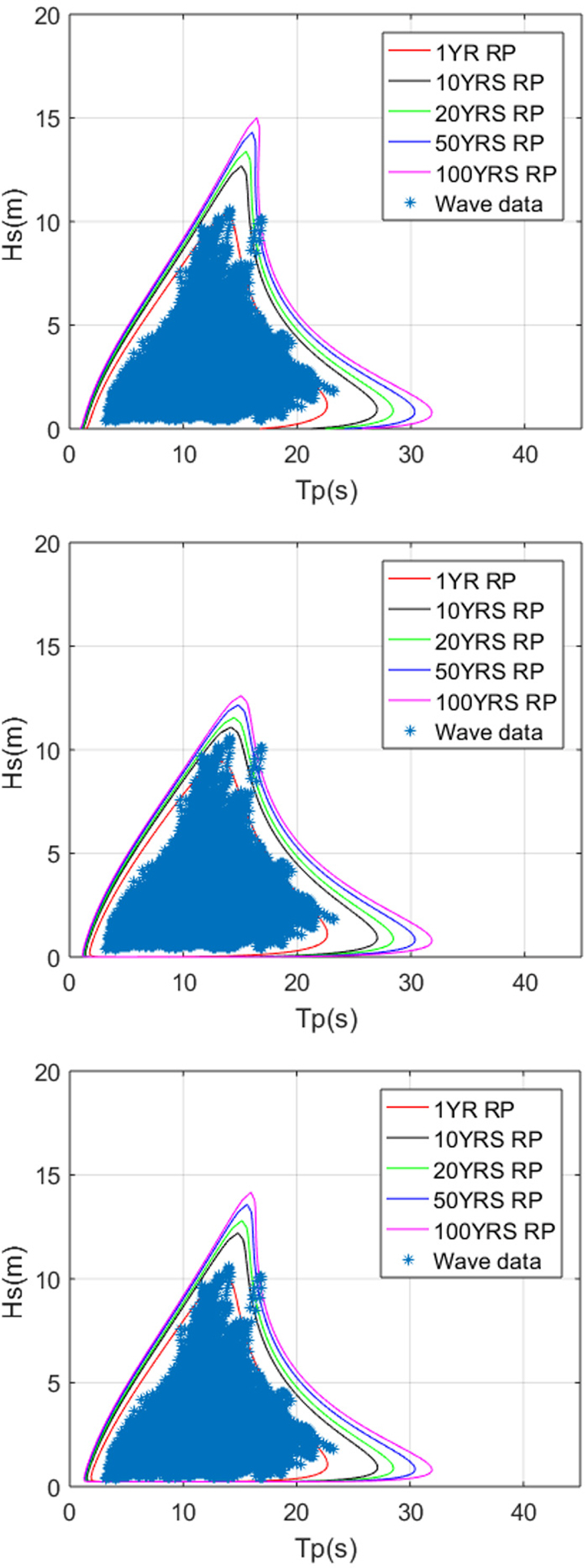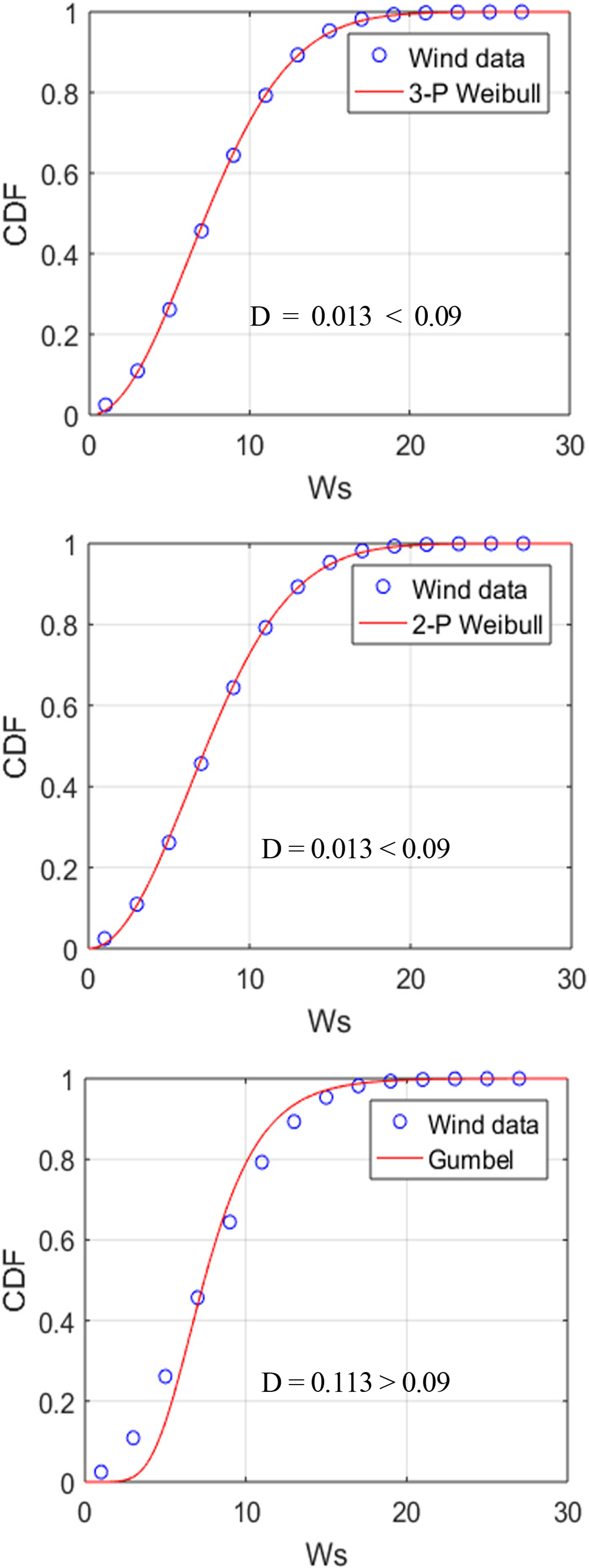 |
 |
- Search
| J. Ocean Eng. Technol. > Volume 34(1); 2020 > Article |
|
Abstract
Acknowledgements
Author ORCIDs and ContributionsAuthor nameORCIDContributions
Author ORCIDs and Contributions
Author name ORCID Contributions
Park, Sung Boo 0000-0001-9587-2183 ①②③④
Shin, Seong Yun 0000-0001-6665-9092 ③
Shin, Da Gyun 0000-0002-3976-1961 ②
Jung, Kwang Hyo 0000-0002-8229-6655 ⑤
Choi, Yong Ho 0000-0002-6653-5476 ③
Lee, Jae Yong 0000-0002-4469-7765 ②
Lee, Seung Jae 0000-0001-8992-6915 ②
① Conceived of the presented idea or developed the theory
② Carried out the experiment or collected the data
③ Performed the analytic calculations or numerical simulations
④ Wrote the manuscript
⑤ Supervised the findings of this study
Fig. 6

Fig. 7
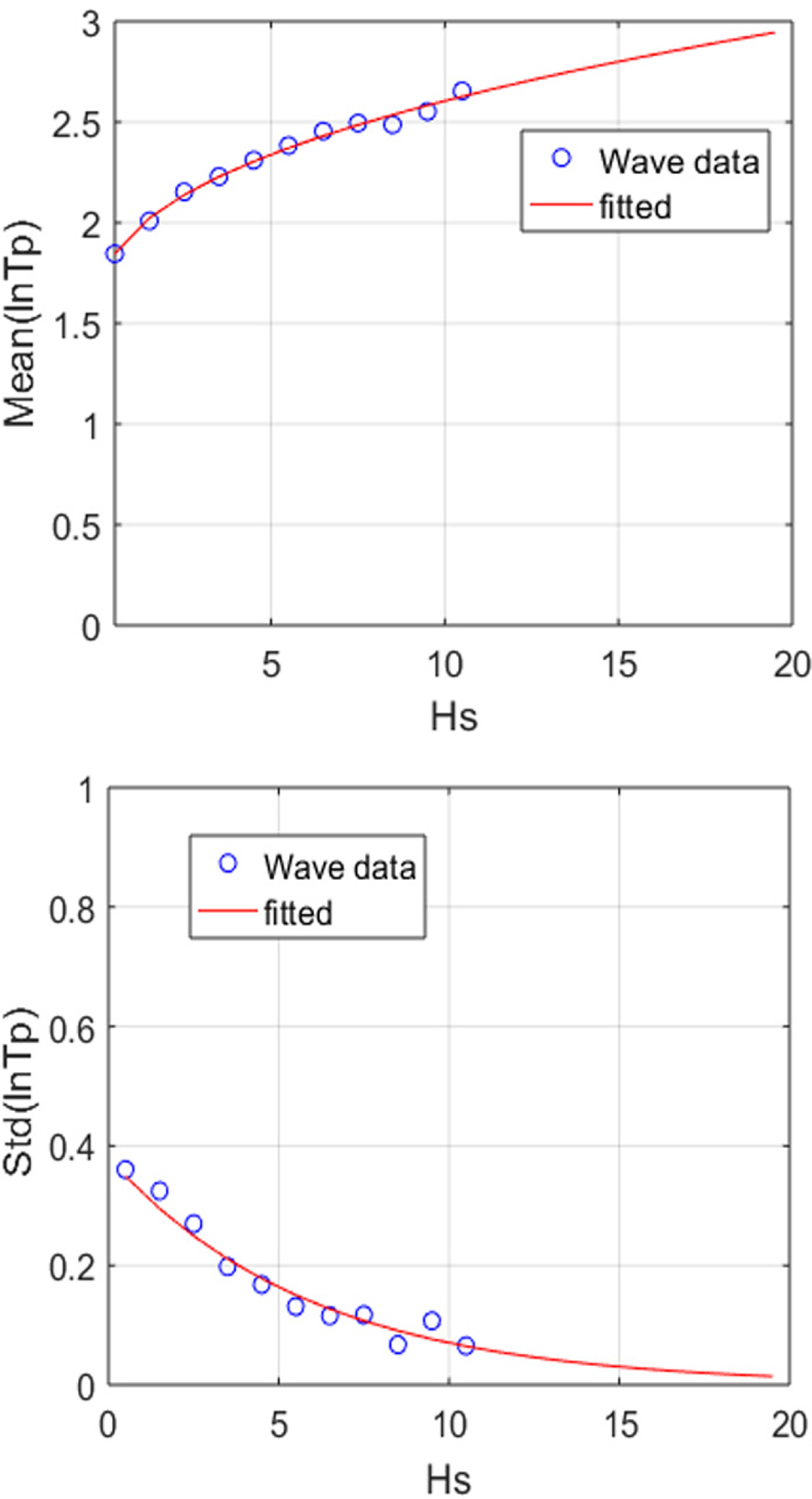
Fig. 10

Fig. 12
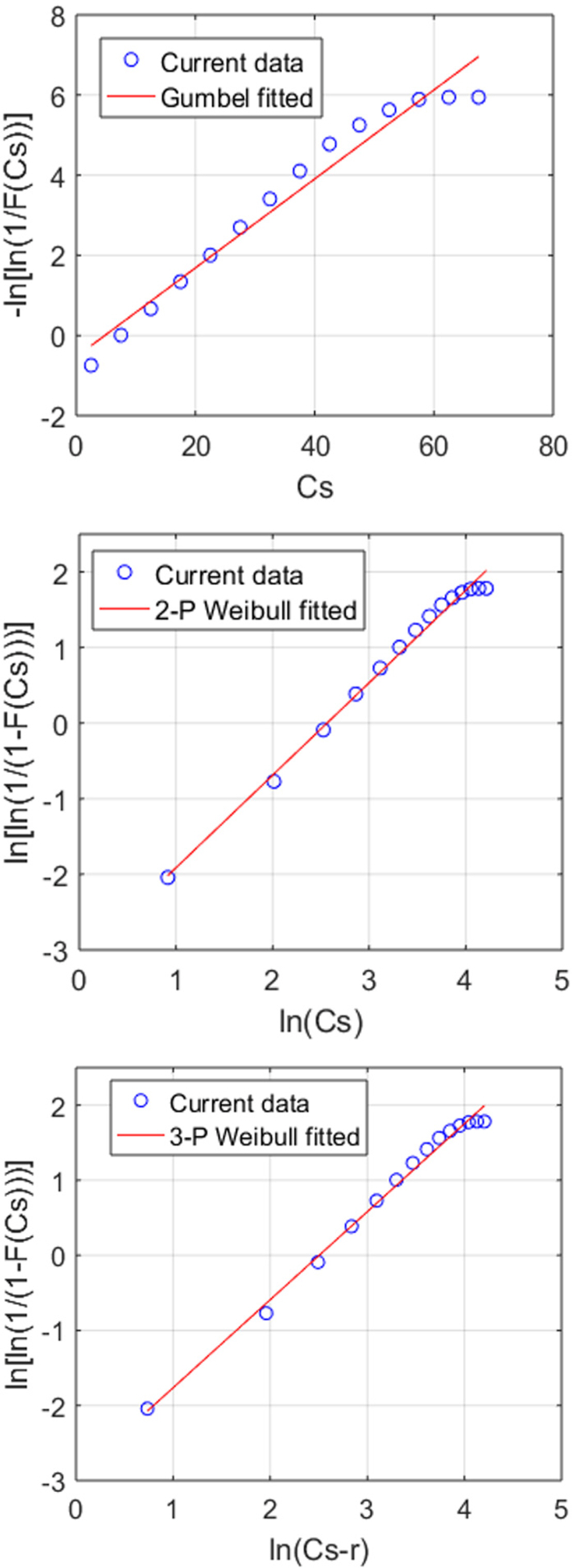
Table 1
| Parameter | Gumbel distribution | 2-parameter Weibull distribution | 3-parameter Weibull distribution |
|---|---|---|---|
| α (Scale) | 1.009 | 2.014 | 1.616 |
| β (Shape) | - | 1.437 | 1.214 |
| γ (Location) | 1.198 | 0 | 0.235 |
| R2 | 0.996 | 0.994 | 0.999 |
Table 2
| Parameter (a) | Log-normal distribution | Parameter (b) | Log-normal distribution |
|---|---|---|---|
| a0 | 1.533 | b0 | 0 |
| a1 | 0.415 | b1 | 0.380 |
| a2 | 0.412 | b2 | −0.169 |
| R2 | 0.995 | R2 | 0.923 |
Table 3
Table 4
| Parameter | Gumbel distribution | 2-parameter Weibull distribution | 3-parameter Weibull distribution |
|---|---|---|---|
| α | 2.392 | 8.790 | 8.763 |
| β | - | 2.033 | 2.028 |
| γ | 6.543 | 0 | 0.022 |
| R2 | 0.987 | 0.999 | 0.999 |
Table 5
Table 6
| Parameter | Gumbel distribution | 2-parameter Weibull distribution | 3-parameter Weibull distribution |
|---|---|---|---|
| α | 9.010 | 12.986 | 12.235 |
| β | - | 1.224 | 1.173 |
| γ | 4.800 | 0 | 0.414 |
| R2 | 0.963 | 0.992 | 0.992 |
References
- TOOLS
-
METRICS

-
- 7 Crossref
- Scopus
- 6,097 View
- 299 Download
- Related articles in JOET
-
Extreme Value Analysis of Statistically Independent Stochastic Variables2019 June;33(3)
An Analysis of Rolling Performance for a Barge-Type FPSO2005 June;19(3)
Thermal Analysis of Insulation System for KC-1 Membrane LNG Tank2017 ;31(2)




